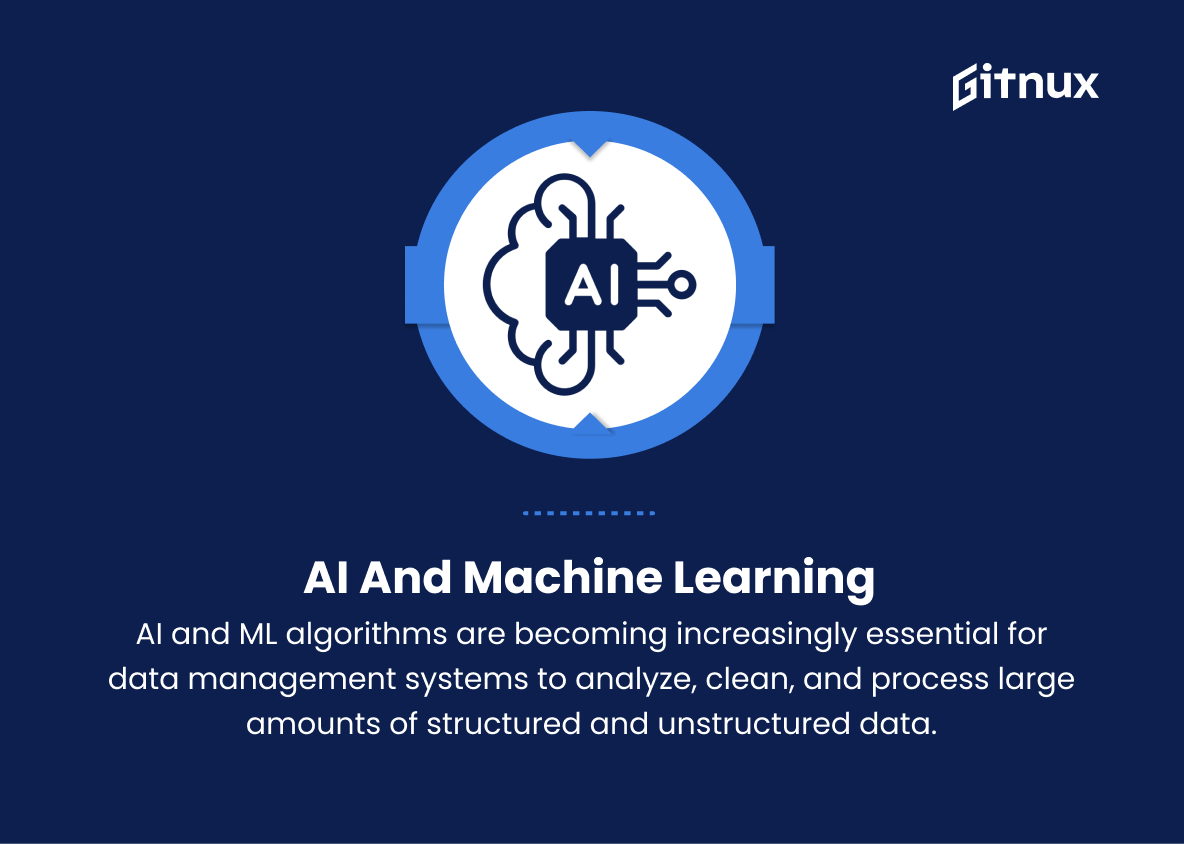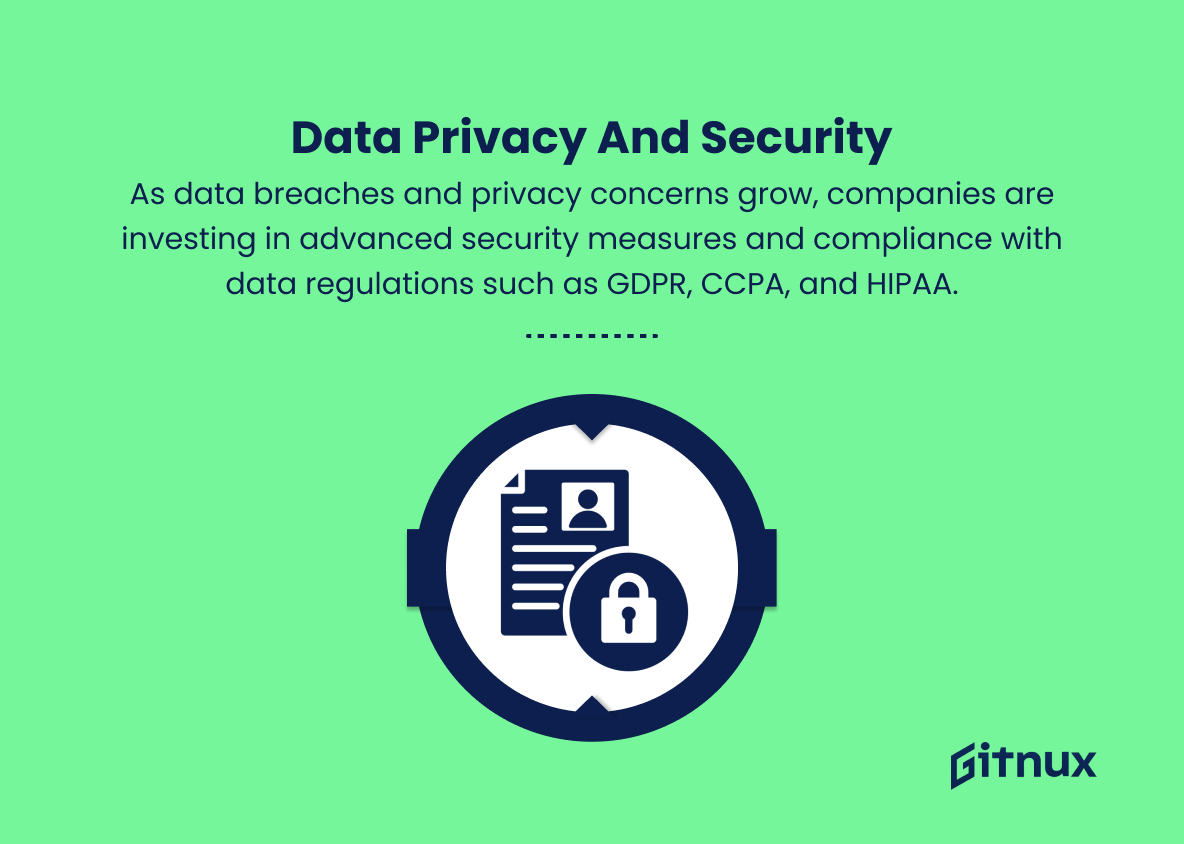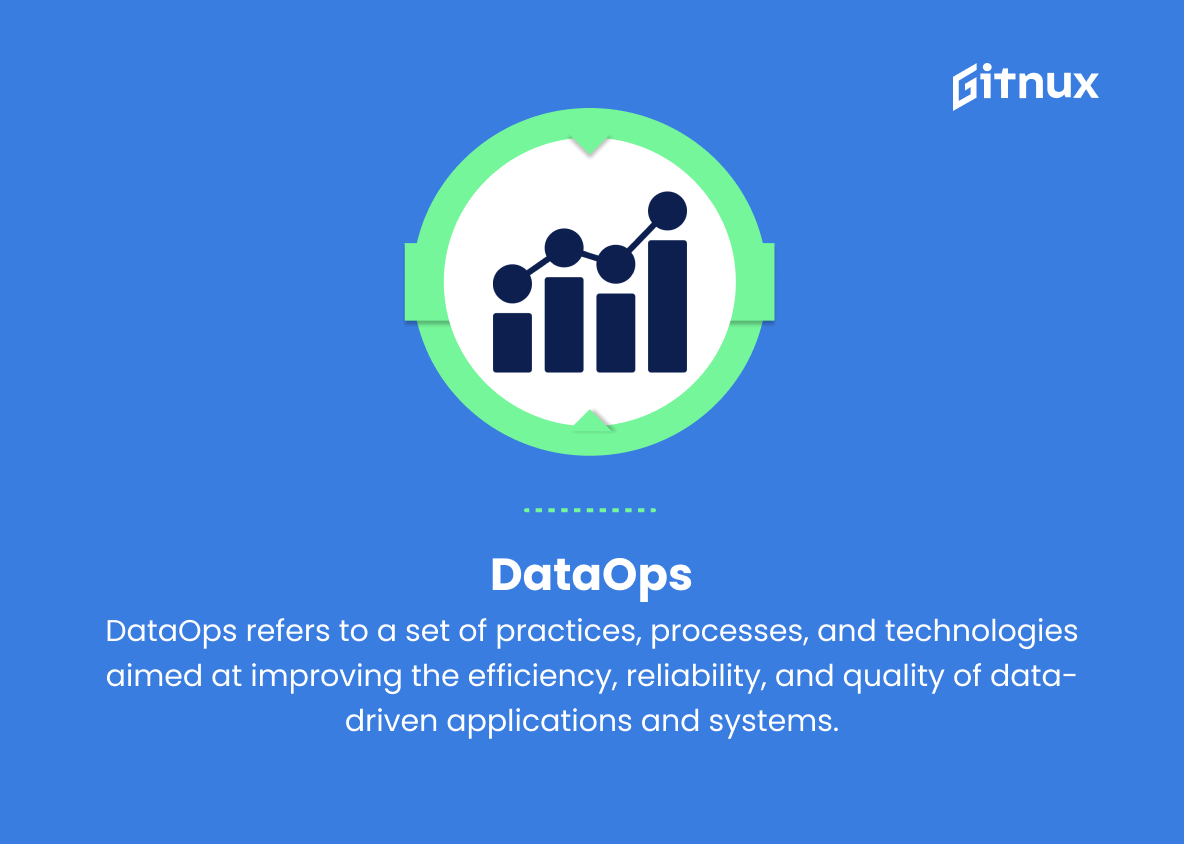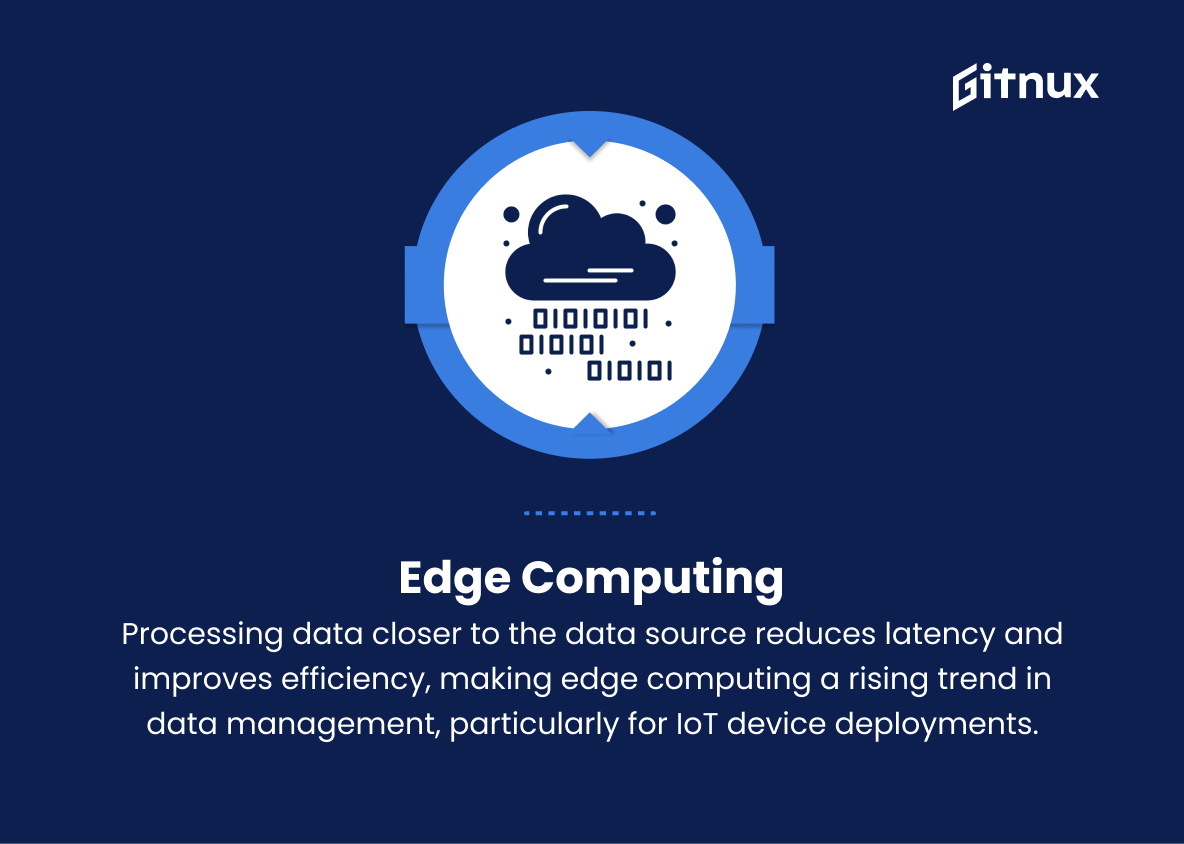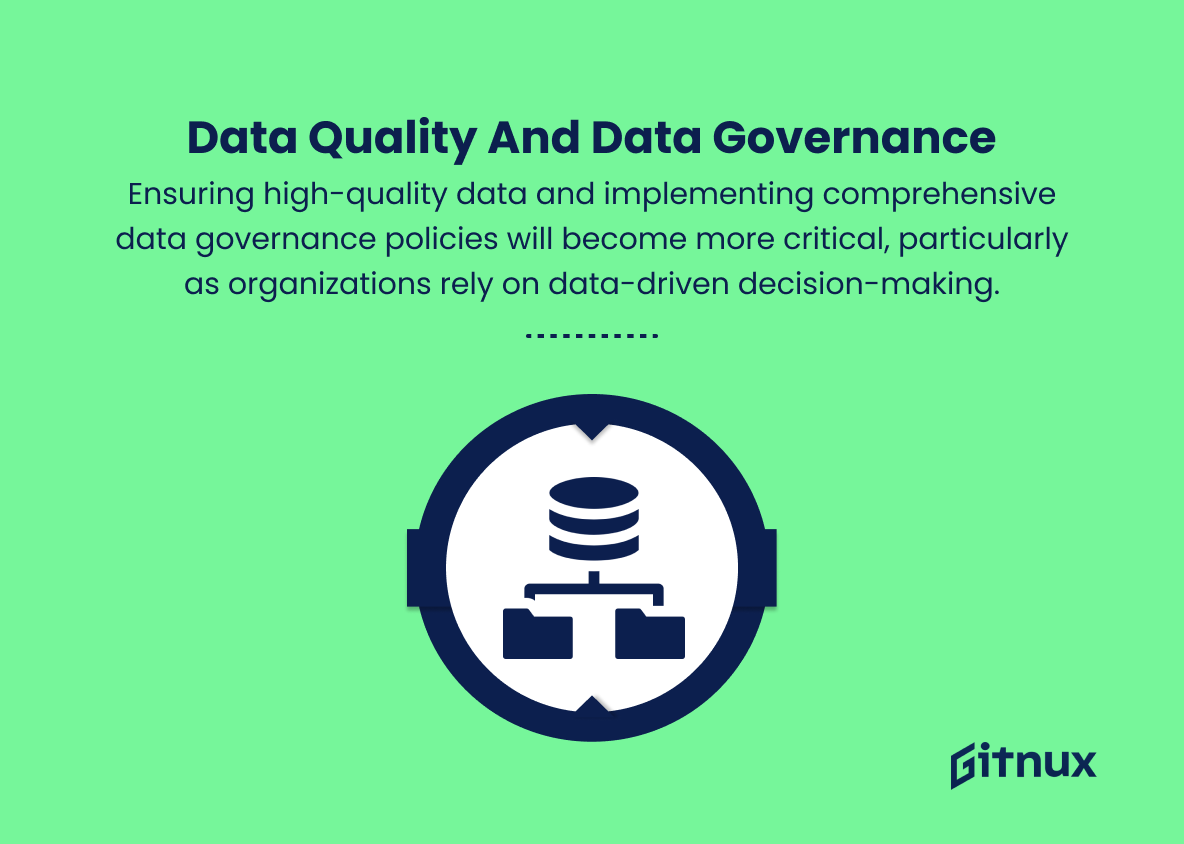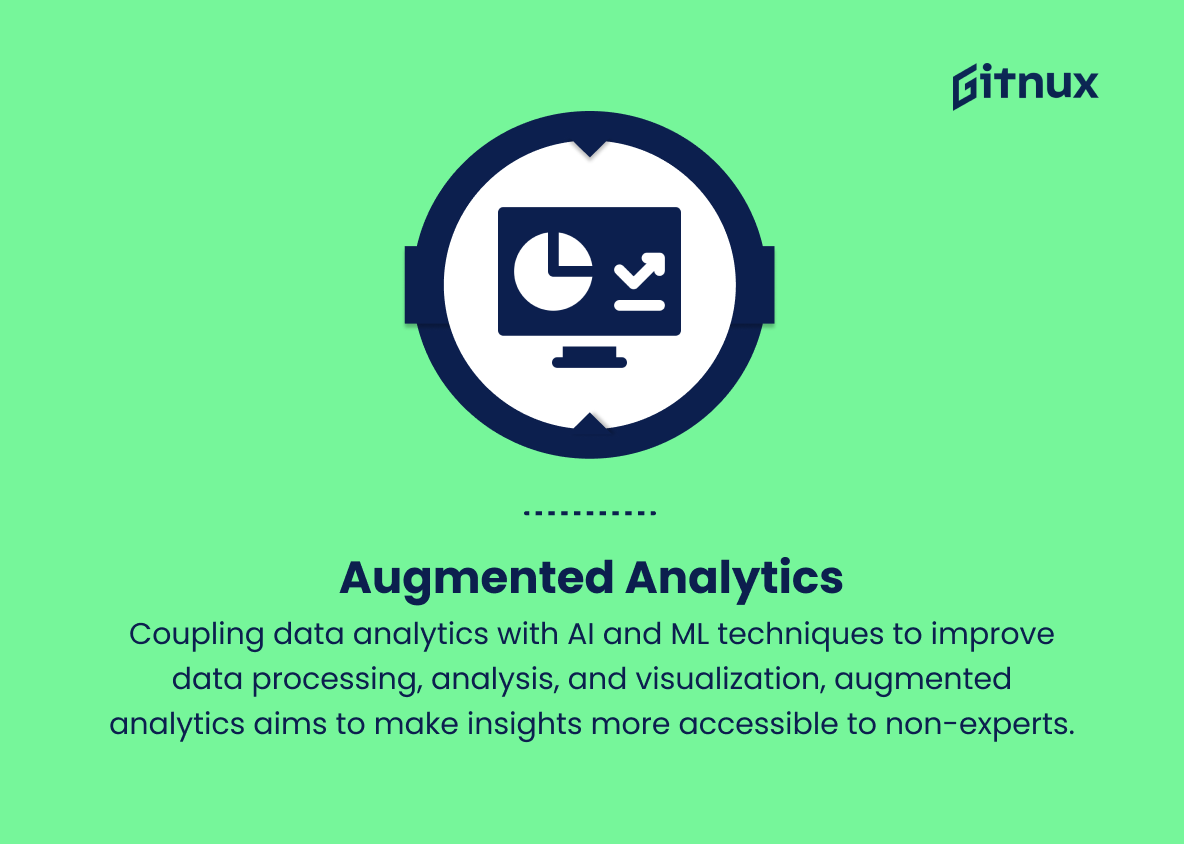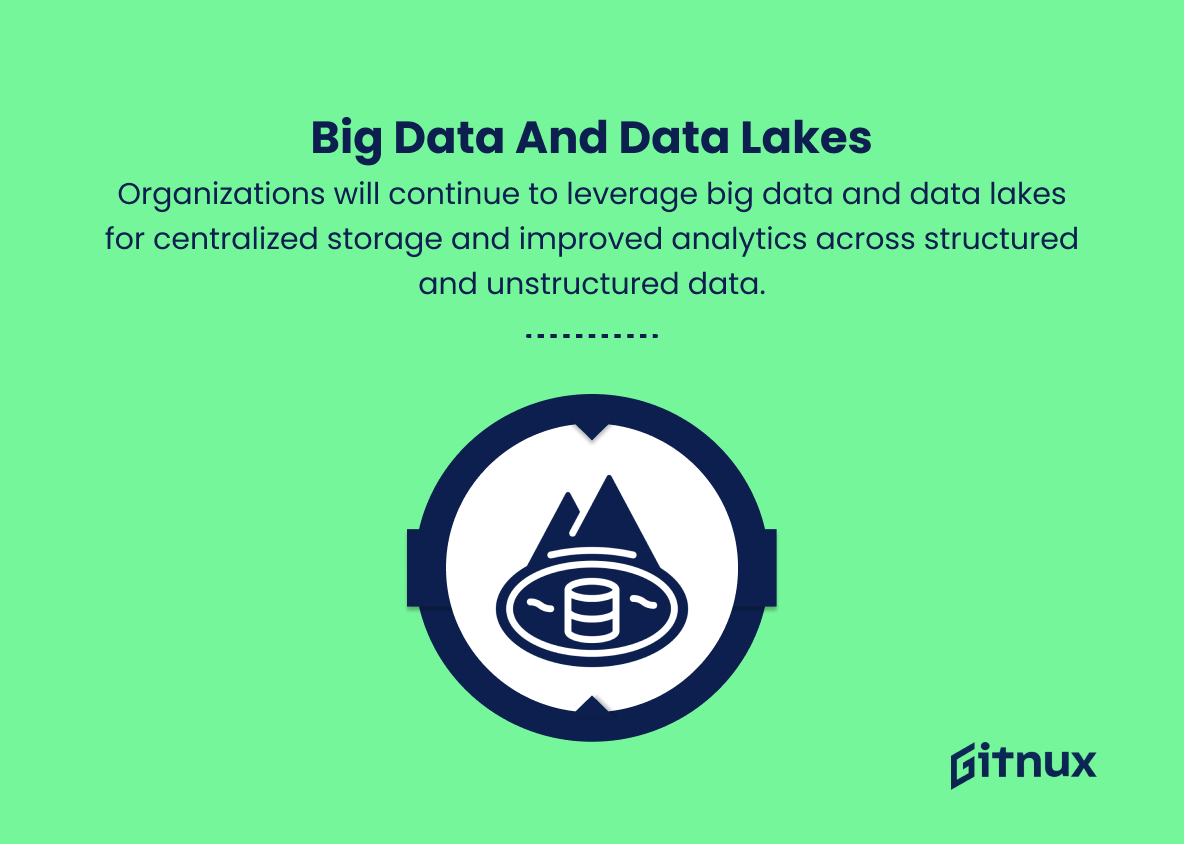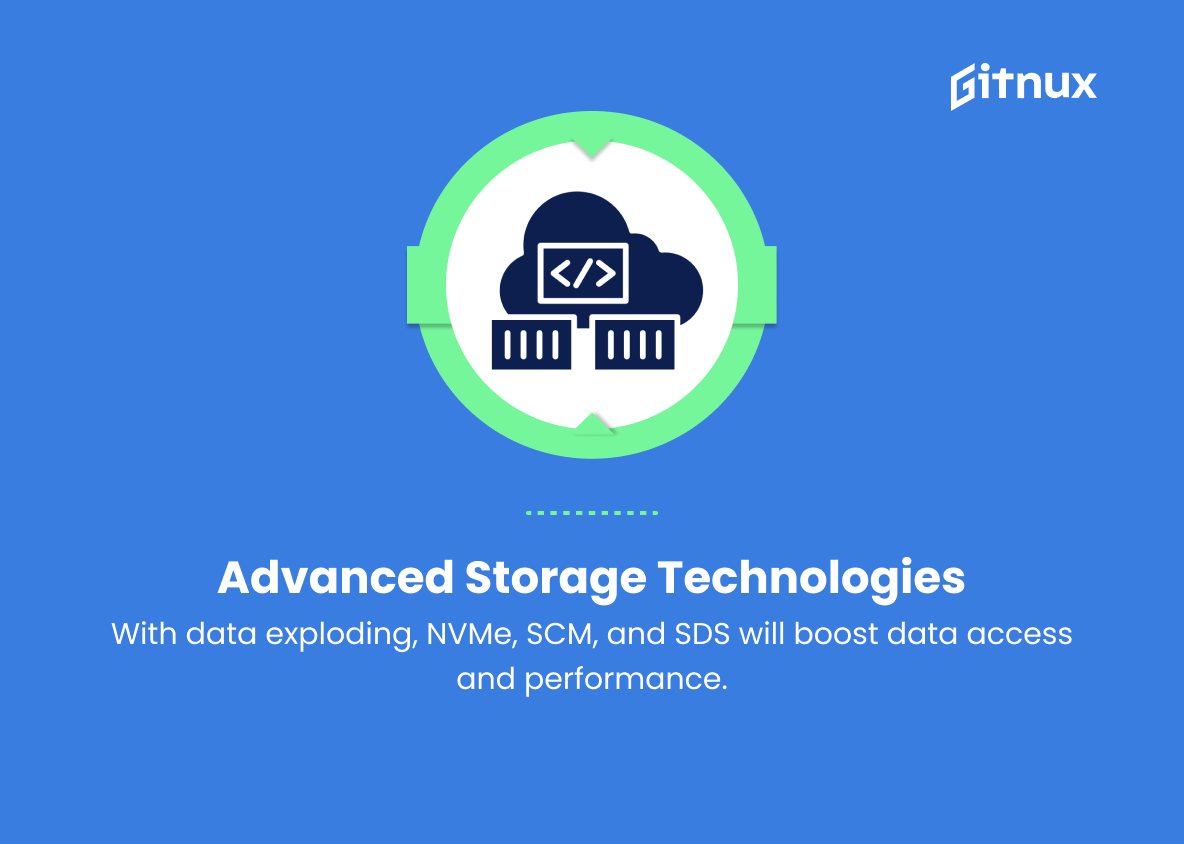In the constantly evolving landscape of technology and data-driven decision-making, effective data management has become a cornerstone for businesses striving for success in the modern world. A thorough understanding of the latest data management trends is essential for companies to harness the full potential of their invaluable digital assets, optimize their performance, and ensure a competitive edge.
This blog post aims to shed light on the emergence of these new trends, their implications, and the transformative impact they bring to a wide range of industries.So, join us as we delve into the fascinating world of data management trends and explore the force that’s driving the future of business.
Top Data Management Trends
1. Artificial Intelligence and Machine Learning
AI and ML algorithms are becoming increasingly essential for data management systems to analyze, clean, and process large amounts of structured and unstructured data.
2. Data Privacy and Security
As data breaches and privacy concerns grow, companies are investing in advanced security measures and compliance with data regulations such as GDPR, CCPA, and HIPAA.
3. DataOps
DataOps refers to a set of practices, processes, and technologies aimed at improving the efficiency, reliability, and quality of data-driven applications and systems.
It is a relatively new concept that has emerged in response to the challenges of managing and scaling large data environments.
The adoption of DataOps methodologies, which emphasizes data collaboration, automation, and integration between data scientists, engineers, and other stakeholders, is gaining popularity.
4. Desktop-as-a-Service (DaaS)
As organizations of all sizes move towards cloud-based solutions, DaaS emerges as a trend where data is provided on-demand by service providers.
5. Data Streaming and Real-time Analytics
With increased IoT integration and the need for real-time decision-making, data streaming, and real-time analytics will likely become a growing priority in data management strategies.
6. Data Integration and Data Virtualization
As the volume and variety of data sources increase, organizations will invest more in data integration and virtualization technologies to provide a unified and comprehensive view of their data.
7. Edge Computing
Processing data closer to the data source reduces latency and improves efficiency, making edge computing a rising trend in data management, particularly for IoT device deployments.
8. Data Quality and Data Governance
Ensuring high-quality data and implementing comprehensive data governance policies will become more critical, particularly as organizations rely on data-driven decision-making.
9. Multi-cloud Data Management
As organizations increasingly utilize multiple cloud service providers, managing data across these environments will create new challenges and demand for multi-cloud data management solutions.
10. Graph-based Data Management
Graph database technologies that connect data through relationships could grow in popularity, providing enhanced insights from complex data sets with better performance and scalability.
11. Augmented Analytics
Coupling data analytics with AI and ML techniques to improve data processing, analysis, and visualization, augmented analytics aims to make insights more accessible to non-experts.
12. Metadata Management
Metadata, the data about data, is becoming increasingly important for providing context, meaning, and discoverability to data stored across various systems.
13. Privacy-preserving Data Analysis
Techniques like differential privacy will be implemented more widely to analyze sensitive data while preserving privacy and addressing concerns about data misuse.
14. Big Data and Data Lakes
Organizations will continue to leverage big data and data lakes for centralized storage and improved analytics across structured and unstructured data.
15. Advanced Storage Technologies
With the exponential growth of data, advanced storage technologies like NVMe, storage-class memory (SCM), and software-defined storage (SDS) will enhance data accessibility and performance.
Implications
As we move into the future, data management trends will play a crucial role in shaping the way organizations handle and analyze the ever-increasing volume and complexity of data. AI and ML algorithms will become imperative for processing and analyzing large amounts of structured and unstructured data, while data privacy and security measures will be enforced to meet regulatory compliance and mitigate breach risks.
With the rising popularity of DataOps methodologies, companies will foster collaboration and integration between data scientists, engineers, and other stakeholders to improve data work flows. The adoption of cloud-based solutions will make Data-as-a-Service (DaaS) an attractive option for organizations of all sizes, while the increased IoT integration and demand for real-time decision-making will drive the growth of data streaming and real-time analytics.
In order to provide a unified and comprehensive view of their data, companies will invest more in data integration and virtualization technologies. Moreover, edge computing will emerge as a useful trend in data management, particularly for IoT device deployments, as it enables data processing closer to the source.
Ensuring high-quality data and comprehensive data governance policies will be essential in a data-driven world, while multi-cloud data management solutions will become necessary for organizations utilizing multiple cloud service providers. Graph-based data management, augmented analytics, and metadata management will all grow in importance as businesses seek to extract more insights and meaning from their diverse and complex data sets.
Furthermore, privacy-preserving data analysis techniques will help organizations address privacy concerns and prevent data misuse. Lastly, advanced storage technologies will play a crucial role in facilitating data accessibility and performance, as organizations continue leveraging big data and data lakes.
Conclusion
In summary, the world of data management is constantly evolving, and it is crucial for businesses and organizations to stay up-to-date with the latest trends in order to remain competitive and optimize their decision-making processes. As we have discussed, developments like Artificial Intelligence, data democratization, data governance, edge computing, and cloud-based data storage solutions are revolutionizing how data is collected, stored, analyzed, and utilized.
By embracing these innovative trends, organizations can expect improved efficiency, increased security, higher quality analytics, and overall better strategic planning. Staying on the cutting edge of data management technology will ensure that companies can efficiently adapt to the ever-changing digital environment and make the most of their valuable data assets.
